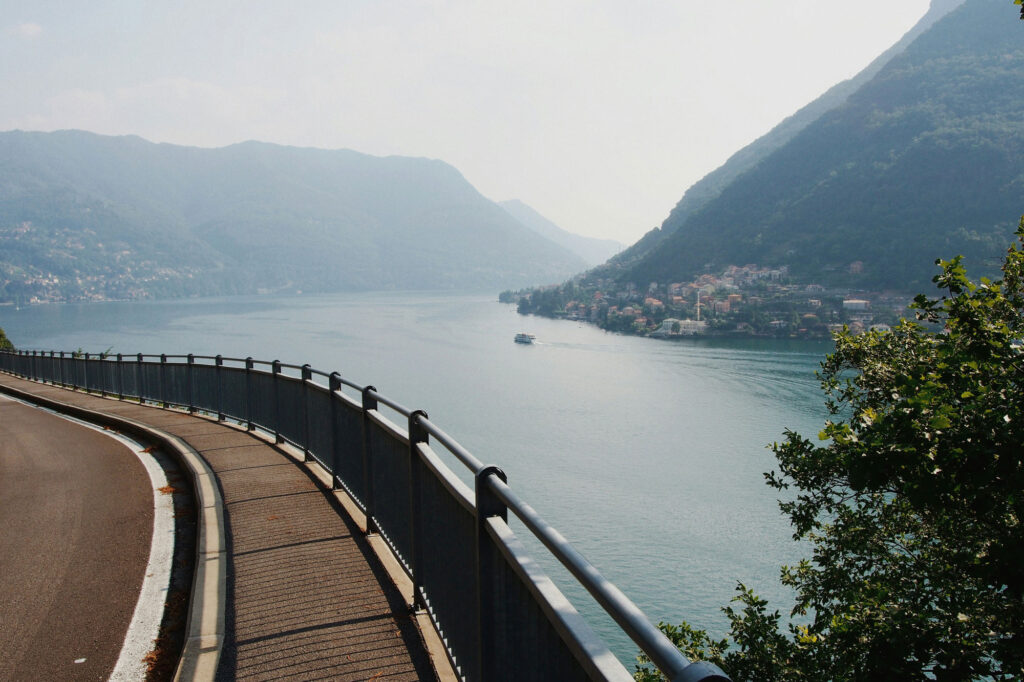
Valencia, Spain
Foodie finds: the best ‘fideuà’ in Valencia
The Mediterranean • Eat & drink • Foodie finds: the best ‘fideuà’ in Valencia
Inside Valencia’s obsession with ‘fideuà’ and where to try it
Spain might be a hotspot for paella, but in Valencia’s kitchens, they celebrate its sister dish, fideuà. Born in the port of Gandia when fishermen swapped rice for noodles, this dish draws its soul from the ocean. Its essence lies in the fideo (short noodles) and fish fumet stock, an intense, briny and slow-cooked broth made from fish bones and shellfish. What started as a simple seafarer’s meal has turned into one of the city’s most expressive dishes. Across Valencia, chefs are rethinking what fideuà can be, from century-old dining rooms by the sea to the new creative kitchens shaping the city’s food identity. Here are our top picks of the places where fideuà still feels like a Valencian secret, shared between those who know and those who want to.
Top photography courtesy of Saiti


01
Racó de L'Arnau
Racó de L’Arnau feels both familiar and forward-looking. Chef Vicent Sanchis Cogollos takes a modernist yet region-rooted view of what Valencian gastronomy is. The menu speaks of the region’s rhythm, built around seafood, rice and noodle dishes that burst with all the right spices and flavour. The fideuà here is cooked in a concentrated fish broth until the noodles take on a golden crust. A glass of Albariño or a crisp local white matches the subtle saltiness perfectly. The setting is less tourist-trendy and more local-urban. Inside, the atmosphere feels local and easygoing. It’s our favourite for long lunches that slide into early evening conversation.
Racó de L'Arnau
Av. de les Corts Valencianes 39
Campanar
Valencia
Spain
Photography courtesy of Racó de L’Arnau


02
Goya Gallery
In the Eixample district, Goya Gallery walks the fine line between polished dining room and serious local kitchen. The space sports white linens and a polished ambience, but the fideuà is the real star of the show. Goya Gallery earned international attention in 2022 when Chef Fernando Navarro took first prize at the Gandia International Fideuà Competition, a badge of authenticity few restaurants can claim. Navarro’s secret lies in the intensity of his fish stock and his discipline with seasoning. On the menu, the Fideuà de Gandia features red prawns and a fish fumet that gives the dish its depth. There’s also a black ink version with cuttlefish, striking in both flavour and colour.
Goya Gallery
Carrer de Borriana 3
L'Eixample
Valencia
Spain
Photography courtesy of Goya Gallery

03
Enboga
At Enboga, fideuà feels current again. This restaurant has turned heads since winning the world title for best fideuà at the 2025 Gandia competition. Chef Rafa García runs a kitchen that’s both technical and expressive, known for two versions of fideuà. A traditional seafood fideuà with garlic and squid and a rossejat using fine noodles that nods to the legendary Ca Sento method. The vibe here is stylish and easygoing, a mix of food lovers, locals and a few in-the-know travellers who’ve done their homework. The presentation is minimal, while the flavour is layered and smoky.
Enboga
Av. d'Aragó 16
El Pla del Real
Valencia
Spain
Photography courtesy of Enboga

04
Puerta del Mar Valencia
In the centre of Valencia, Puerta del Mar bridges the city and the sea. The restaurant works closely with local fishermen and markets, bringing in the day’s catch for its rice and noodle dishes. The interior is Mediterranean in tone with pale wood accents, natural light and a hum of conversation. The fideuà list is surprisingly diverse, running from classic seafood to a black version with gamba rayada and even a duck with mushroom version. The kitchen’s philosophy rests on seasonality and market rhythm rather than showmanship. It’s the kind of place that proves you don’t need to be at the beach to eat well by the sea.
Puerta del Mar Valencia
Carrer dels Transits 4
Ciutat Vella
Valencia
Spain
Photography courtesy of Puerta del Mar Valencia


05
La Pepica
No list would ring true without this seaside landmark. Located on Malvarrosa Beach, La Pepica dates back to 1898 and has been run by the same family since its founding. Generations of Valencians – and the occasional literary icon – have eaten at these seaside tables. Inside, vintage photos trace its story and outside, the Mediterranean stretches beyond the terrace. The kitchen still follows time-tested methods for its paellas and fideuàs, using local seafood and traditional pans fired just long enough to form that caramelised edge. It’s easy to see why Hemingway and countless locals claimed this as their spot. Eating on the terrace, with the scent of salt in the air, you understand why this traditional dish belongs here more than anywhere else.
La Pepica
Passeig de Neptú 6
Poblados Marítimos
Valencia
Spain
Photography courtesy of La Pepica
Share this
Stay in the know
Sign up for the latest hotspot news from the Mediterranean.








